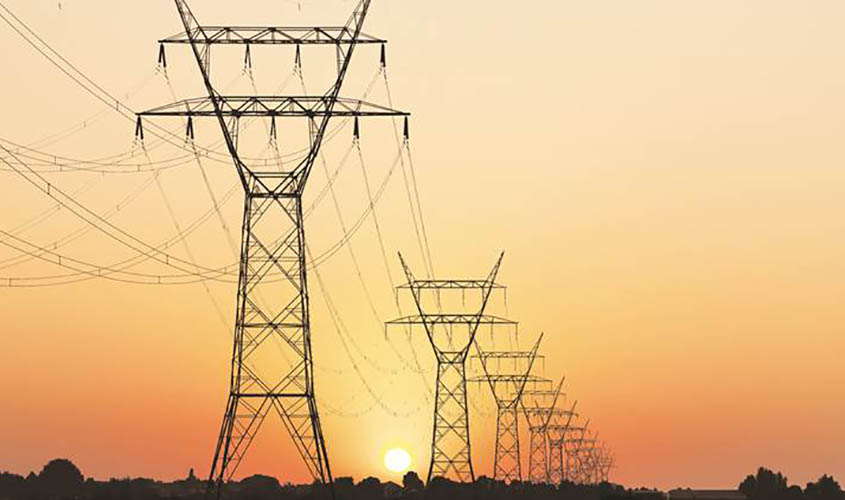The data of the Ministry of Power also says that almost 3 crore households are living in darkness.
Despite the Centre’s massive electrification drive, the electrification of households is still lagging behind the ambitious 100% target set by the Narendra Modi government in several states, including Jharkhand, Assam, Odisha, Bihar, Rajasthan, Arunachal Pradesh and Tripura, according to data of the Ministry of Power.
According to the government’s own data on the electrification of households, the states that are behind the target include Jharkhand (47% electrified), Assam (55%), Odisha (63%), Bihar (73%), Rajasthan (79%), Arunachal Pradesh (65%), and Tripura (72%).
Recently, the Centre’s announcement of achievement of 100% electrification of villages across the country came under attack from Opposition leaders who blamed the Centre of misleading the country. However, as per data of the Ministry of Power, 83% villages have been electrified till date and the government’s claim was not for the household electrification target.
As per the definition of electrification adopted by the Ministry of Power since 1997, a village is deemed to be electrified if basic infrastructure such as a distribution transformer and distribution lines are in place in the inhabited locality, electricity is provided to public places like schools, panchayat offices, health centres, dispensaries, community centres, and at least 10% of the households in the village are electrified.
The record of growth in electrification has been remarkably
At present, the Ministry of Power is connecting 30,000 households daily with electricity, but to achieve the 100% target of electrification of households, the ministry will need to work four times faster and will have to connect 1,33,000 households daily with electricity.
The data of the Ministry of Power also says that almost 3 crore households are living under darkness due to the lack of electricity connections.
To accelerate the electrification work in the country, a new scheme, Saubhagya, was launched last year by the Prime Minister.
Under the Saubhagya scheme, free electricity connections to all households (both above poverty line and poor families) in rural areas and poor families in urban areas will be provided.
Under the scheme, an electricity connection means providing the service cable from the power pillar, electricity meter, an LED bulb and a mobile charger point at every home. On the condition of anonymity, a senior power ministry official told The Sunday Guardian: “The government is committed to providing electricity to every household for families living in a remote area.
The government has made provision for providing solar photovoltaic (SPV) based standalone systems with LED lights, fan, power plug, etc. and the beneficiaries will be identified on the basis of their socio-economic conditions.”
“Rural electrification has been a challenge for successive governments.
In 1947, only 1,500 villages in the country were electrified and since then, successive governments have been working towards the target of achieving 100% electrification, but the goal has not yet been achieved. The incumbent government has made electrification a priority and it is committed to achieving 100% target before completing its five-year term in 2019,” the same official cited above said.

